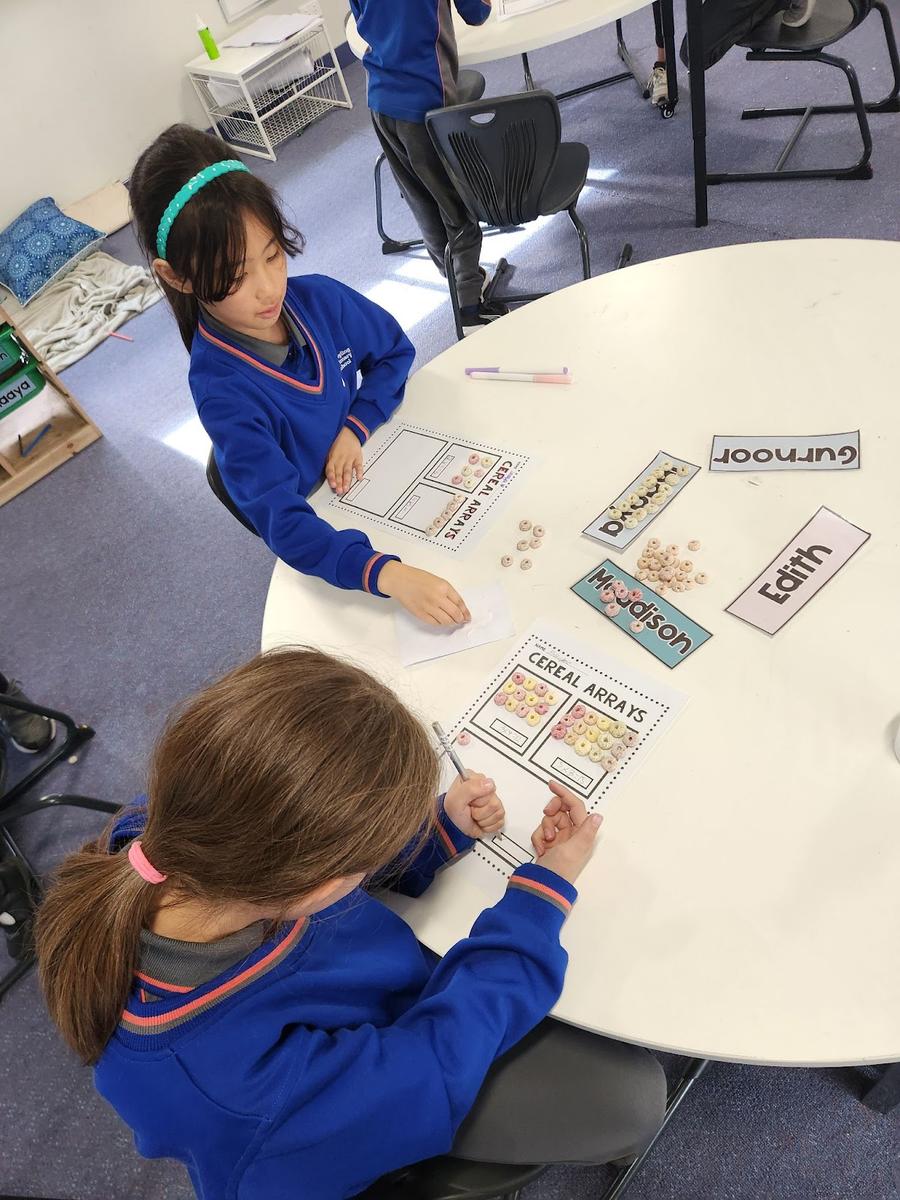Grade 3

Hello Year 3 Families,
Reading: Grade Threes Compare Fiction and Non-Fiction Texts with "The Potoroo"
Hello Grade Threes!
We have some exciting news to share about our latest reading adventure! We've been learning about the differences between fiction and non-fiction texts by exploring two types of books about the potoroo.
What Are Fiction and Non-Fiction Texts?
- Fiction texts are stories that come from the author's imagination. They can include made-up characters, places, and events.
- Non-fiction texts are based on real facts and information. They tell us about real things in the world, like animals, history, and science.
Our Potoroo Comparison: To understand these two types of texts better, we read a fiction story and a non-fiction book about the potoroo.
- Fiction Story: "Potoroo's Big Adventure"
- Storyline: In this imaginative tale, Potoroo goes on a grand adventure through a magical forest, meeting talking animals and finding hidden treasures.
- Features: We noticed that the story had exciting events, dialogue between characters, and colorful illustrations. The events in the story could not happen in real life but were fun to imagine.
- Non-Fiction Book: "All About the Potoroo"
- Information: This book gave us real facts about the potoroo, such as its habitat, diet, and behavior.
- Features: We saw photographs of real potoroos, diagrams, and maps. The book had headings, captions, and a glossary to help us understand the information.
What We Learned:
- Fiction Texts:
- Creative and imaginative
- Made-up characters and events
- Fun and entertaining to read
- Non-Fiction Texts:
- Based on real facts
- Informative and educational
- Help us learn about the real world
Writing : Grade Threes Dive into Procedural Texts with Mini Pizzas!
Hello Grade Threes!
We have some exciting news to share about our latest learning adventure! We’ve started studying procedural texts, and what better way to understand them than by making something delicious? That’s right—we made mini pizzas!
Our Mini Pizza Adventure: To get hands-on experience with procedural texts, we decided to make mini pizzas. Here’s what we did:
- Gathering Ingredients: First, we read the list of ingredients we needed: pizza bases, tomato sauce, cheese, and our favourite toppings like pepperoni, mushrooms, and peppers.
- Following the Steps: Next, we followed the steps one by one:
- Spread the tomato sauce on the pizza base.
- Sprinkle cheese evenly over the sauce.
- Add your favourite toppings.
- Bake the pizza in the oven.
- Enjoying the Results: Finally, after carefully following the steps, we enjoyed our delicious mini pizzas! They were not only tasty but also a perfect way to see how following a procedural text works.
What We Learned:
- Importance of Order: We learned that following the steps in the right order is very important. Skipping a step or doing things out of order can change the outcome.
- Clear Instructions: Writing and reading clear, detailed instructions help us understand exactly what to do.
- Fun in Learning: Making mini pizzas showed us that learning procedural texts can be fun and delicious!
Keep up the great work, Grade Threes! You’re doing an amazing job learning about procedural texts.
Happy Creating! 🍕📋
Maths :
Grade Threes Get Creative with Cereal Arrays and Dive into Division
Learning Through Play: Making Math Fun with Cereal
This week, our energetic grade three students took a delightful and delicious approach to learning mathematics concepts by using cereal to complete arrays. The classroom buzzed with excitement as students engaged in hands-on activities that transformed abstract mathematical ideas into tangible, bite-sized lessons.
Arrays: Building Foundations for Multiplication
Arrays are a fundamental concept in understanding multiplication, and what better way to explore them than with colourful cereal pieces? Students were given tasks to arrange cereal pieces into various arrays, such as 3x4 or 2x5, which helped them to visualise the structure of multiplication.
The activity began with a simple explanation of what an array is – an arrangement of objects in rows and columns. Using cereal as manipulatives, students eagerly set to work creating their arrays. Not only did this activity solidify their understanding of multiplication, but it also allowed for creativity and teamwork as students shared their arrays and discussed different multiplication problems.
Diving into Division: Halving
Building on their success with arrays, the grade threes are now beginning to explore the concept of division, starting with the basics: understanding halves. The journey into division began with simple exercises, where students were asked to divide groups of items into equal groups. This visual approach made the concept of division more relatable and easier to grasp.
For instance, if a student created an array of 12 cereal pieces arranged in 3 rows of 4, they would then be challenged to divide the array in half, distributing the pieces equally. Through this process, students learned that dividing by two is essentially the same as creating two equal groups, laying the groundwork for more complex division problems in the future.






